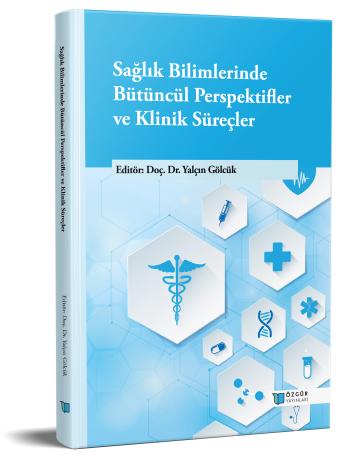
Testicular Function, Therapeutic Potential and Markers of Sertoli Cells: Historical Perspective and Functional Evaluation
Chapter from the book:
Gölcük,
Y.
(ed.)
2025.
Holistic Perspectives and Clinical Processes in Health Sciences.
Synopsis
Sertoli cells are somatic cells found in the testes of mammals that interact directly with germ cells. These cells, which perform various functions, play an important role in regulating the process of spermatogenesis by supporting the transformation and maturation of spermatogenic cells into spermatozoa. Among their most important functions are providing nutrients to germ cells, supporting the development of peritubular myoid cells in the prepubertal testis, maintaining the functionality of testicular vascularization, and participating in the regulatory mechanisms of testicular somatic cells. Additionally, Sertoli cells play a crucial role in regulating the immune system in the testis and provide an immunological niche for developing germ cells. Their ability to create an immunological niche has led to research into potential therapeutic applications for various diseases. Numerous studies have demonstrated that Sertoli cells possess therapeutic potential in areas such as diabetes, neurodegenerative disorders, and the restoration of spermatogenesis. Due to their important role in male reproductive cells, changes in Sertoli cells can lead to adverse effects on fertility. Current data suggest that abnormalities in Sertoli cell proliferation and/or functional maturation may contribute to male reproductive disorders. In this context, it is understood that selecting an appropriate Sertoli cell marker is of great importance not only for defining the developmental, proliferative, and maturation status of Sertoli cells in the testis during the fetal period, prepubertal, pubertal, or adult stages but also for diagnosing the underlying mechanisms of spermatogenic dysfunction. In this section, the discovery of Sertoli cells, their biological characteristics, markers, specific roles in the testis, and therapeutic applications are summarized in light of current knowledge, providing a comprehensive overview.

